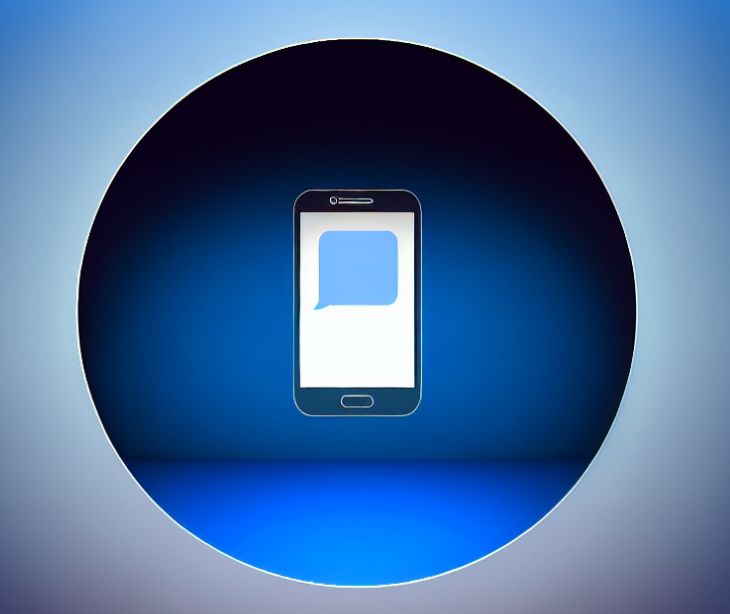4 min read
How HIPAA compliant email supports narrative based medicine
Kirsten Peremore
March 24, 2024

Email allows patients to share their health narratives in a detailed and reflective manner, at their own pace and comfort. This is a central feature of narrative based medicine, ensuring that both patients and providers have a secure and stable method of communicating during the treatment process.
What is narrative medicine?
Narrative based medicine (NBM) is an innovative approach in healthcare that prioritizes the stories and experiences of patients within the medical consultation process. Originating from the intersection of various fields such as the medical humanities, patient centered care, biopsychosocial medicine, and psychoanalysis, NBM seeks to address the limitations of the traditional biomedical model. It emphasizes narrative competence, which empowers healthcare providers to recognize, absorb, interpret, and be moved by the stories of illness shared by patients.
This approach is championed by notable figures like Rita Charon and John Launer, who have contributed to its development and practice. NBM is increasingly applied in various healthcare settings. The main aim is to strengthen the doctor-patient relationship, improve patient care, and enhance health outcomes. While the specific benefits of NBM have been attested anecdotally, studies published by the National Library of Medicine show that scientific evidence supporting its effectiveness remains sparse. This signals a need for further research to clarify its role, understand the required skills for its practice, and determine its outcomes about illness and disease.
See also: Personalization in text message-based interventions across different demographics
The communicative responsibilities
In NBM, communication responsibilities are deeply rooted in actively and empathetically engaging with patients' stories. Healthcare professionals are tasked with creating a space where patients feel comfortable sharing their experiences, fears, and hopes without judgment. This involves practicing attentive listening, acknowledging the patient's narrative as central to their care, and recognizing the unique perspectives and emotions each patient brings to the consultation.
Physicians must skillfully navigate conversations to uncover deeper insights into the patient's condition, exploring not just the symptoms but the impact on their life and well being. This process is facilitated by employing techniques such as exploratory questions and prompts that invite patients to elaborate on their stories, and reflect on their experiences and concerns.
Using HIPAA compliant email in narrative medicine
Consider email as a sophisticated conduit through which patients' health narratives are meticulously conveyed to healthcare professionals engaged in NBM. Each email from a patient contributes layers to their evolving health narrative, captured from their personal spaces or reflective moments throughout their day. This medium allows patients to express their experiences, emotions, and concerns with deliberate precision, creating a comprehensive written narrative that serves as a valuable reference for both parties.
For healthcare providers, these detailed HIPAA compliant emails are a treasure trove of insights, illuminating the intricacies of the patient's health journey. In response, professionals craft thoughtful, empathetic communications that delve further into the patient's narrative, offering personalized advice and posing insightful questions. This exchange goes beyond traditional communication, fostering a deeply collaborative relationship where care strategies are developed through a rich understanding of the patient's lived experience.
A practical approach to NBM application
- Start consultations with open ended questions: Begin each patient consultation with open ended questions like, "What brings you in today?" or "Tell me more about how you've been feeling." These questions invite patients to share their stories more freely and provide a broader context for their visit.
- Dedicate time for storytelling: Allocate specific segments of the consultation solely for listening to the patient's narrative without interruption. Even a few uninterrupted minutes can make a difference in understanding the patient's perspective.
- Encourage journaling: Suggest that patients keep a health journal where they can record their symptoms, feelings, and any changes in their condition. Reviewing these journals together can provide valuable insights and foster deeper conversations.
- Use patient narratives in team meetings: Share anonymized patient stories (with consent) during team meetings to emphasize the need for the patient perspective. This practice can help cultivate a narrative informed culture within your healthcare team.
- Reflective practice: Allocate time for personal reflection or peer discussions about the patient stories you’ve encountered. Reflect on how these narratives have influenced your understanding and care approach, identifying areas for growth and improvement.
- Patient feedback surveys: Include questions about the patient's experience of being heard and understood in feedback surveys. Use this feedback to refine your narrative listening and engagement practices.
- Narrative training workshops: Organize or participate in workshops that focus on developing narrative competence, including effective communication skills, empathy training, and reflective listening.
- Incorporate narrative notes in patient records: Create a section in patient records for narrative notes where you can jot down elements of the patient's story. This practice helps keep the patient's narrative at the forefront of their care plan.
See also: Top 10 HIPAA compliant email services
FAQs
Can HIPAA compliant email replace face-to-face consultations in NBM?
While HIPAA compliant email is a valuable tool for enhancing NBM, it does not replace the need for face-to-face consultations. Email can supplement these consultations by providing a platform for narrative exchange outside of scheduled visits, but the nuances of verbal and nonverbal communication in live interactions are necessary for a comprehensive understanding of the patient's experience.
What are the challenges of using email in NBM?
Challenges include managing the volume of email communication effectively, ensuring timely responses, and maintaining the personal touch that is required in narrative medicine. Additionally, there might be concerns about digital literacy and access among some patient populations, potentially limiting the use of email in these cases.
How can healthcare providers encourage patients to use HIPAA compliant email for sharing their narratives?
Providers can educate patients about the security and confidentiality of HIPAA compliant email, demonstrating how it can be a safe space for sharing their health stories. Offering guidelines on what information to include and encouraging initial email narratives as part of the care process can also promote its use.
Are there specific types of narratives or health conditions that are more suited to being shared via email?
While email can be a versatile tool for sharing a wide range of health narratives, it might be particularly beneficial for patients managing chronic conditions, who have ongoing updates to share, or for those who may need to document and communicate complex symptom patterns over time. It’s also valuable for patients who may feel more comfortable writing about sensitive or emotional aspects of their health experience.
Subscribe to Paubox Weekly
Every Friday we'll bring you the most important news from Paubox. Our aim is to make you smarter, faster.



